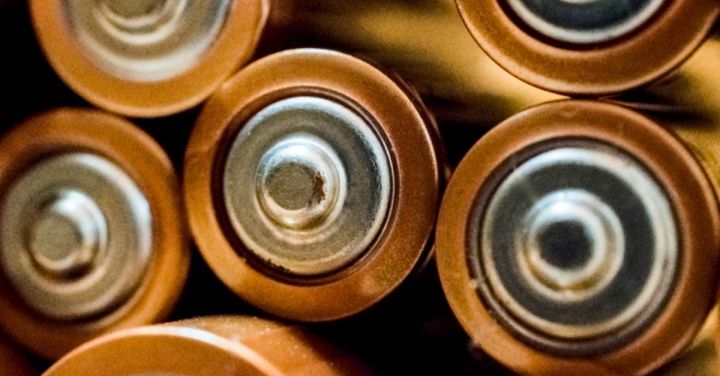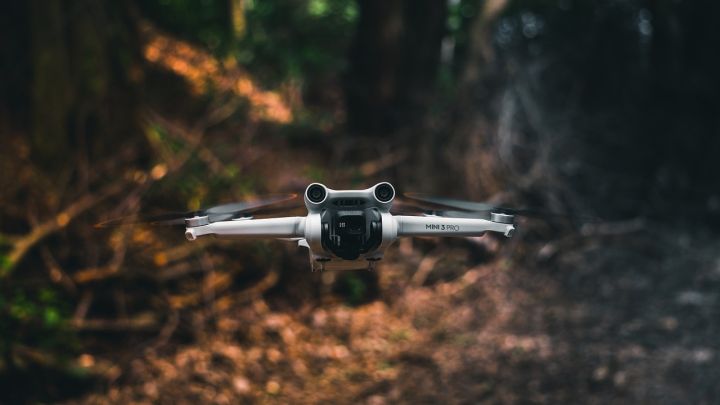How to Choose between Brushed and Brushless Motors?
When it comes to choosing the right motor for your needs, the decision between brushed and brushless motors can be a tough one. Both types have their advantages and disadvantages, and understanding these differences is crucial in making an informed decision. In this article, we will explore the key factors to consider when choosing between brushed and brushless motors.
Power and Efficiency
One of the main differences between brushed and brushless motors is their power and efficiency. Brushed motors are generally less efficient than brushless motors, as they rely on physical brushes to convey electricity to the motor’s rotor. This contact creates friction and can lead to energy loss and decreased overall efficiency. On the other hand, brushless motors use electronic commutation, eliminating the need for brushes and reducing energy loss. As a result, brushless motors tend to be more efficient and provide higher power output.
Maintenance and Durability
Another important factor to consider is the maintenance and durability of the motor. Brushed motors require regular maintenance due to the wear and tear of the brushes. These brushes can wear down over time and will need to be replaced periodically. Brushless motors, on the other hand, have no brushes to replace, making them virtually maintenance-free. With their electronic commutation system, brushless motors tend to have a longer lifespan and are more durable than their brushed counterparts.
Control and Precision
When it comes to control and precision, brushless motors have the upper hand. The electronic commutation in brushless motors allows for more precise control over the motor’s speed and torque. This level of control is particularly important in applications that require precise movements, such as robotics or drones. Brushed motors, while still capable of providing adequate control, may not offer the same level of precision as brushless motors.
Cost Considerations
Cost is an important factor to consider when choosing between brushed and brushless motors. Generally, brushless motors tend to be more expensive than brushed motors. This is due to the more complex design and electronic components required for brushless motors. However, it is essential to consider the long-term cost implications. Brushless motors, with their higher efficiency and longer lifespan, may provide cost savings over time due to reduced energy consumption and maintenance requirements.
Application Specifics
Finally, it is crucial to consider the specific requirements of your application. Different applications may require different motor characteristics. For example, if you are looking for a motor for a small, low-power device, a brushed motor may be sufficient and more cost-effective. However, if you need a motor for a high-performance application, such as a remote-controlled car or an industrial machine, a brushless motor would be the preferred choice due to its higher power output, efficiency, and durability.
In conclusion, choosing between brushed and brushless motors requires careful consideration of various factors. Understanding the differences in power and efficiency, maintenance and durability, control and precision, cost, and application specifics will help you make an informed decision. Ultimately, the right motor choice will depend on your specific needs and requirements.







